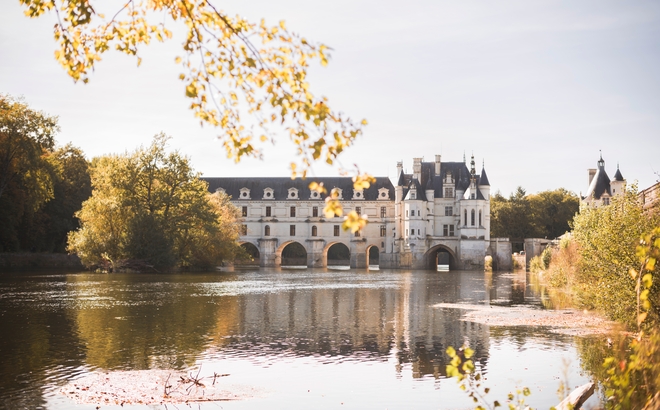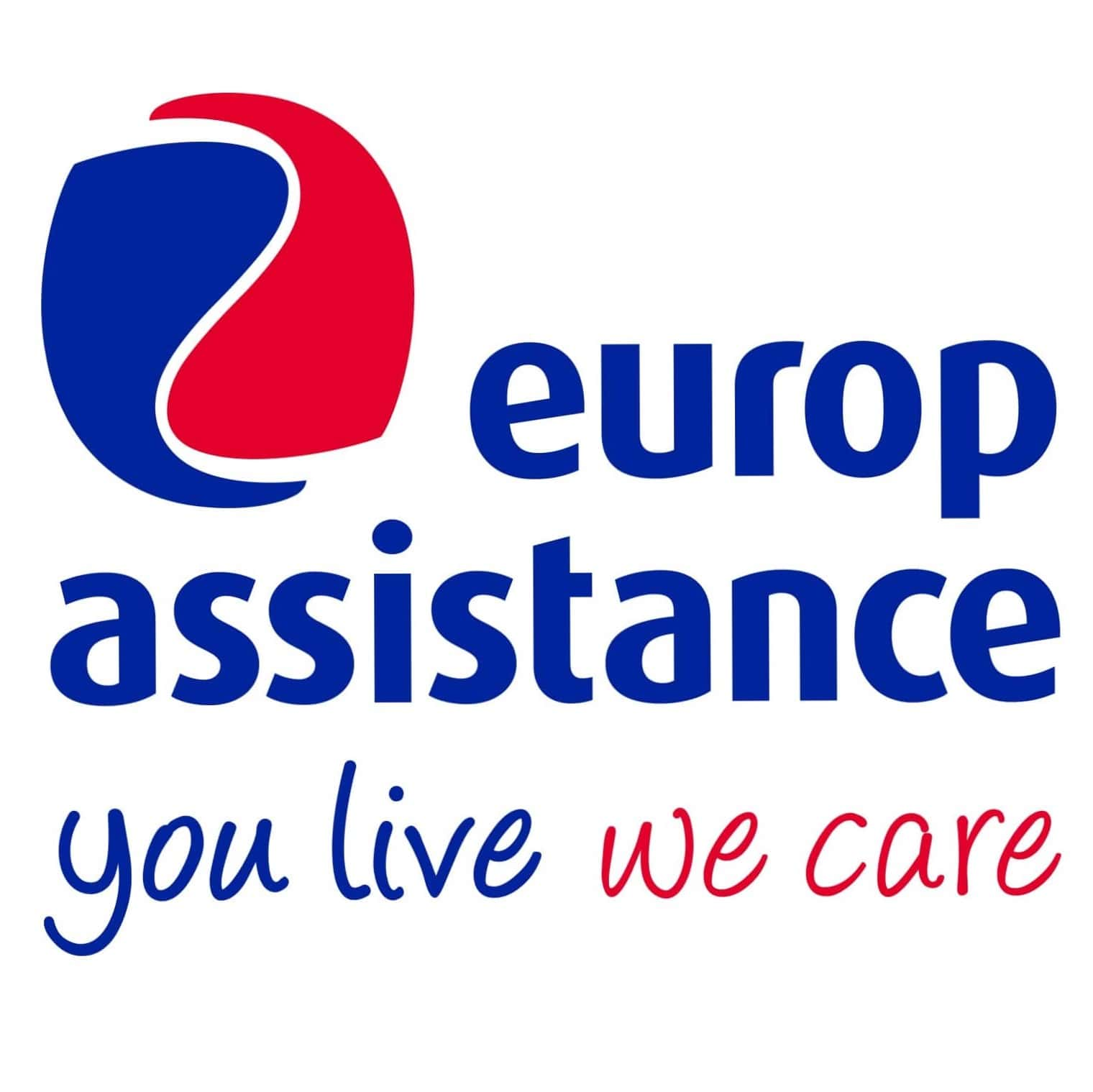Discover the 10 Most Beautiful Castles in France: Versailles, Chambord…

Majestic, romantic, sometimes mysterious… French castles inspire awe with their architecture, history, and spectacular gardens. Whether you're a history enthusiast, an art lover, or simply curious, these heritage gems offer a fascinating journey into France's royal and aristocratic past. Find answers to your questions and tips to plan an unforgettable trip through France’s most beautiful castles.
How many castles are there in France?
France is often called “the country of 1,001 castles”… and it’s almost true! There are estimated to be over 45,000 castles, manors, fortresses, or palaces scattered across the country. From the medieval era to the Renaissance, each region boasts architectural treasures. Some are modest noble estates, while others are vast royal domains listed as UNESCO World Heritage Sites.
What is the most visited castle in France?
Unsurprisingly, the Château de Versailles tops the list with nearly 10 million visitors per year. The ultimate symbol of French monarchy, it was transformed into a palace by Louis XIV in the 17th century. Its lavish apartments, Hall of Mirrors, and French-style gardens designed by Le Nôtre make it a must-see. Versailles is more than just a castle—it’s a full immersion into the extravagance of the Sun King.
What is the most beautiful castle in France?
It’s hard to choose, as France is full of masterpieces! However, the Château de Chambord, nestled in the Loire Valley, often ranks first. With 426 rooms, 83 staircases, 4,500 works of art, and its iconic double-helix staircase inspired by Leonardo da Vinci, it perfectly blends architectural innovation with Renaissance elegance. Its vast scale and poetic setting make it unforgettable. Yet, beauty lies in the emotion a castle evokes—some might prefer the romantic silhouette of Chenonceau or the medieval charm of Carcassonne.
The 10 Most Beautiful Castles in France
Château de Versailles (Île-de-France)
A symbol of royal opulence, Versailles stuns with its size, richly decorated rooms, Hall of Mirrors, and grand gardens designed by Le Nôtre. Once home to Louis XIV, it embodies the height of French monarchy.
Château de Chambord (Loir-et-Cher)
A Renaissance masterpiece, Chambord impresses with its spiral staircase, 426 rooms, and magical rooftops. Built as a hunting lodge for François I in a vast forest, it’s a mix of technical marvel and flamboyant beauty.
Château de Chenonceau (Indre-et-Loire)
Spanning the Cher River, it’s known as the “Ladies’ Castle” in tribute to the women who shaped it. Elegant, romantic, and surrounded by refined gardens, it seems to float on water and charms every visitor.
Château de Carcassonne (Aude)
Located in a fortified medieval city, this imposing fortress—UNESCO-listed—transports visitors back to the age of knights. With crenellated walls, towers, and cobbled lanes, it feels like a historical novel come to life.
Château du Haut-Kœnigsbourg (Alsace)
Carefully restored in the early 20th century, this castle perched on a rocky spur offers a dive into medieval life. Drawbridge, keep, armor… it’s all there! The panoramic view over the Alsace plain is breathtaking.
Château de Fontainebleau (Île-de-France)
A royal and imperial residence, Fontainebleau hosted François I, Napoleon I, and many others. It enchants with harmonious architecture, lavishly decorated apartments, and vast gardens by the surrounding forest.
Château de Cheverny (Loir-et-Cher)
Continuously inhabited by the same family for over six centuries, Cheverny offers an immersive look into French lifestyle with period furniture, sculpted gardens, and a royal kennel. Fun fact: it inspired Tintin’s Moulinsart Castle!
Palais des Papes (Avignon, Vaucluse)
Majestic and austere, this Gothic palace is one of Europe’s largest medieval buildings. It was the residence of popes in the 14th century when the papacy was based in Avignon. Its monumental halls and frescoes tell a captivating chapter of Christian history.
Château de Vaux-le-Vicomte (Seine-et-Marne)
A masterpiece of classical harmony, Vaux-le-Vicomte inspired Versailles. Built for Nicolas Fouquet, Louis XIV’s superintendent, it showcases the combined genius of Le Vau, Le Brun, and Le Nôtre. Its elegance shines through its gardens and magical nighttime illuminations.
Château de Chantilly (Oise)
Surrounded by water and forests, Chantilly exudes refinement. Home to the Condé Museum—France’s top art collection after the Louvre—it also boasts magnificent gardens, grand stables, and a famous racetrack. Don’t miss the iconic Chantilly cream!
Our Tips for a Successful Stay in France
When is the best time to visit castles in France?
Spring (April to June) and early autumn (September–October) are ideal. The weather is mild, the gardens are in bloom or beautifully colored, and there are fewer crowds than in summer. Summer, while popular, can involve long queues and heavy foot traffic, especially at Versailles or Chambord. In winter, some castles partially close, but others feature magical lights or enchanting Christmas markets.
How to travel between castles in France?
If you’re planning to visit several castles in one region (e.g., Loire Valley), renting a car is the most flexible option. It lets you travel at your own pace and reach more remote sites.
But if you don’t drive, don’t worry:
Many castles are accessible by train (e.g., Versailles from Paris via RER or TER).
Organized tours are available from Paris or other major tourist hubs.
Some regions offer cycling routes, such as the "Loire à Vélo" trail, which links castles along the river.
What visa is needed to visit France?
EU citizens can travel freely to France with a valid ID card or passport. Non-EU citizens may require a Schengen visa, depending on their country of origin.
Need a Schengen visa? Contact the nearest French consulate to learn about the application process.
No visa required? You can travel with a passport valid for less than 10 years and covering at least three months beyond your planned departure from the Schengen Area. Starting November 2025, you’ll also need to apply for an ETIAS travel authorization.
What travel insurance do you need to visit French castles?
Choose a reliable travel insurance policy when applying for a visa or entering the Schengen area, such as Europ Assistance's Schengen Visa Insurance. Recognized and accepted by Schengen embassies and consulates worldwide, it offers medical coverage up to €60,000 in case of illness or accident, along with other benefits you can discover.
Tweet